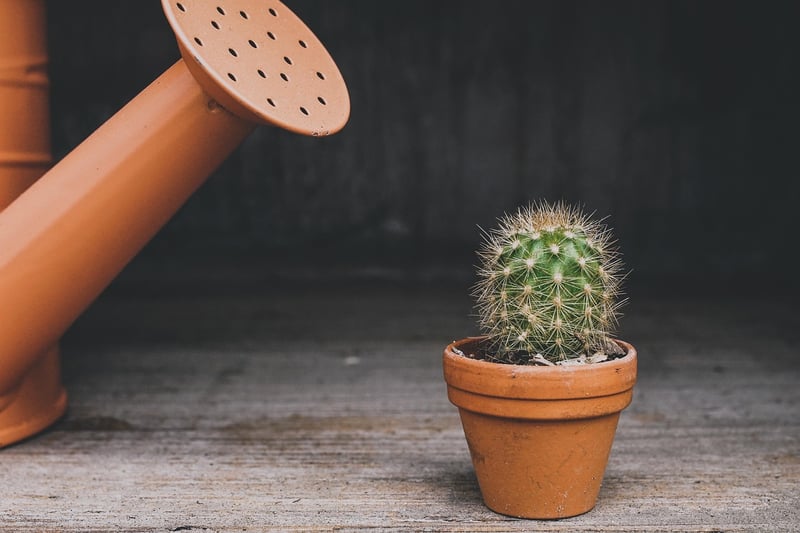Indoor Plants
Tips for Urban Gardeners
1. Choose the right plants
Opt for plants that thrive in containers and small spaces like herbs, tomatoes, peppers, and lettuces. Consider the amount of sunlight your space receives before selecting your plants.
2. Utilize vertical space
Maximize space by using vertical planters, hanging baskets, or trellises. This allows you to grow more plants without taking up valuable floor space.
3. Use quality soil and containers
Invest in good quality soil and containers with proper drainage to ensure your plants have the best growing conditions. Consider using self-watering containers for easier maintenance.
4. Water wisely
Check your plants regularly for water needs, especially during hot weather. Use a watering can with a narrow spout to target the root zone and prevent water wastage.
5. Make the most of sunlight
Position your plants where they can get the most sunlight during the day. Consider using reflective surfaces like mirrors to bounce light to shaded areas.
6. Companion planting
Grow plants that benefit each other when planted together. For example, planting basil near tomatoes can improve the flavor of the tomatoes and repel pests.
Indoor Plants
1. Choose the right plants for indoors
Select plants that can thrive in low light conditions if your space doesn't receive much sunlight. Consider options like snake plants, pothos, or peace lilies.
2. Provide proper drainage
Ensure your indoor plants have adequate drainage to prevent overwatering and root rot. Use pots with drainage holes and a saucer to catch excess water.
3. Monitor humidity levels
Indoor environments can be dry, especially during winter months. Mist your plants occasionally or use a humidifier to maintain the ideal humidity levels.
4. Rotate your plants
Rotate your indoor plants regularly to ensure they receive even sunlight on all sides. This prevents them from leaning towards the light source and promotes balanced growth.
5. Clean your plants
Dust can accumulate on indoor plant leaves, affecting their ability to photosynthesize. Wipe down the leaves with a damp cloth or give them a gentle shower to keep them clean and healthy.
6. Watch out for pests
Inspect your indoor plants regularly for signs of pests like spider mites or aphids. If you notice any infestation, isolate the plant and treat it promptly to prevent further spread.


